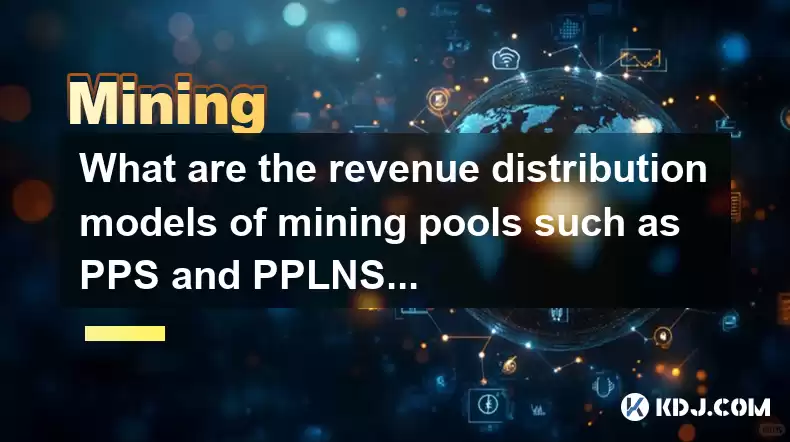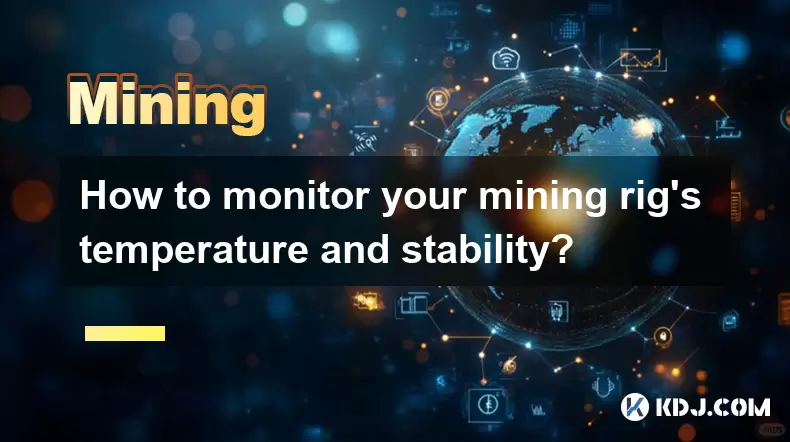-
 Bitcoin
Bitcoin $116400
-0.36% -
 Ethereum
Ethereum $4033
3.40% -
 XRP
XRP $3.302
-1.26% -
 Tether USDt
Tether USDt $1.000
-0.02% -
 BNB
BNB $796.1
1.67% -
 Solana
Solana $177.8
1.89% -
 USDC
USDC $0.9999
0.00% -
 Dogecoin
Dogecoin $0.2314
4.09% -
 TRON
TRON $0.3381
0.14% -
 Cardano
Cardano $0.7989
1.22% -
 Stellar
Stellar $0.4496
-1.84% -
 Chainlink
Chainlink $20.42
9.42% -
 Hyperliquid
Hyperliquid $41.17
0.88% -
 Sui
Sui $3.914
3.77% -
 Bitcoin Cash
Bitcoin Cash $584.7
1.52% -
 Hedera
Hedera $0.2632
-0.54% -
 Avalanche
Avalanche $24.09
3.40% -
 Ethena USDe
Ethena USDe $1.001
-0.02% -
 Litecoin
Litecoin $123.2
1.33% -
 Toncoin
Toncoin $3.318
-0.04% -
 UNUS SED LEO
UNUS SED LEO $8.984
-0.05% -
 Shiba Inu
Shiba Inu $0.00001323
2.85% -
 Uniswap
Uniswap $10.90
4.41% -
 Polkadot
Polkadot $3.999
3.34% -
 Dai
Dai $1.000
0.01% -
 Cronos
Cronos $0.1630
9.64% -
 Bitget Token
Bitget Token $4.484
0.82% -
 Monero
Monero $272.4
2.44% -
 Pepe
Pepe $0.00001173
6.03% -
 Aave
Aave $290.8
2.88%
What are the revenue distribution models of mining pools such as PPS and PPLNS?
The choice of revenue distribution model in a mining pool influences miners' earnings, with PPS providing steady income and PPLNS offering higher potential rewards for shared risk.
Feb 20, 2025 at 06:00 pm

Key Points:
- Revenue distribution models in mining pools directly impact miners' earnings and profitability.
- PPS (Pay Per Share) and PPLNS (Pay Per Last N Shares) are two widely used models with distinct characteristics.
- Factors to consider when choosing a revenue distribution model include risk tolerance, pool stability, and network volatility.
Understanding Revenue Distribution Models in Mining Pools
Mining pools aggregate the computational power of individual miners to increase the chances of finding blocks and earning rewards. To distribute these rewards, pools employ various revenue distribution models. Two of the most common models are PPS and PPLNS.
1. PPS (Pay Per Share)
- Model: Miners are paid a fixed amount for each valid share they submit, regardless of whether the pool finds a block.
- Pros: Provides a steady income and low risk for miners.
- Cons: Can be more expensive for the pool to operate, potentially leading to higher fees for miners.
2. PPLNS (Pay Per Last N Shares)
- Model: Miners are paid a proportion of the pool's earnings based on the number of shares they have submitted over a rolling window of "N" shares.
- Pros: Miners who submit shares close to a block find receive higher rewards.
- Cons: Involves more risk for miners, as earnings can fluctuate based on the pool's performance.
Factors to Consider When Choosing a Model
- Risk tolerance: Miners who prefer consistent income should consider PPS, while those willing to take on more risk for potential higher rewards may opt for PPLNS.
- Pool stability: The size and reputation of the pool can impact the reliability of a specific model. Larger, more stable pools may provide greater certainty with PPS.
- Network volatility: During periods of extreme network volatility, PPLNS may offer higher potential rewards, while PPS provides stability.
Additional Considerations
- Some pools offer hybrid models that combine aspects of both PPS and PPLNS to provide a balance between risk and reward.
- Miners should also consider the pool's fees and minimum payout threshold when choosing a revenue distribution model.
FAQs
- What is the best revenue distribution model for miners?
The optimal model depends on individual preferences and circumstances. PPS offers lower risk but may have higher fees, while PPLNS provides higher potential rewards but involves more risk.
- Does the revenue distribution model affect the profitability of mining?
Yes, the revenue distribution model can significantly impact miners' earnings. PPLNS tends to be more profitable in volatile markets, while PPS provides more stability.
- Which revenue distribution model is more common?
PPS is more common among large mining pools due to its stability and ease of understanding, while PPLNS is more popular among smaller pools that target miners willing to take on more risk.
Disclaimer:info@kdj.com
The information provided is not trading advice. kdj.com does not assume any responsibility for any investments made based on the information provided in this article. Cryptocurrencies are highly volatile and it is highly recommended that you invest with caution after thorough research!
If you believe that the content used on this website infringes your copyright, please contact us immediately (info@kdj.com) and we will delete it promptly.
- Shiba Inu (SHIB) in the Crypto Landscape: Community, Trends, and Future Outlook
- 2025-08-09 20:30:12
- Lasers in Modern Warfare: Iron Beam and the Future of Defense
- 2025-08-09 20:30:12
- Maxi Doge Presale: The Meme Coin That's Pumping Iron and Prices!
- 2025-08-09 19:10:11
- Rare Coin Warning: Don't Get Fooled by That 1p Coin!
- 2025-08-09 18:50:12
- Cardano, Unilabs, and Tron Price: Decoding the Latest Crypto Buzz
- 2025-08-09 18:30:12
- Aerodrome Finance: Price Targets and the Bullish Channel - What's Next?
- 2025-08-09 18:50:12
Related knowledge

What is "proof-of-work" and how does it relate to mining?
Aug 07,2025 at 02:03pm
Understanding the Concept of Proof-of-WorkProof-of-work (PoW) is a consensus mechanism used in blockchain networks to validate transactions and secure...

What are the differences between mining on Windows vs. Linux?
Aug 06,2025 at 11:29pm
Overview of Cryptocurrency Mining PlatformsCryptocurrency mining involves using computational power to solve complex cryptographic puzzles and validat...

How to use an old computer for cryptocurrency mining?
Aug 07,2025 at 12:42pm
Understanding the Feasibility of Using an Old Computer for MiningUsing an old computer for cryptocurrency mining may seem outdated, but it is still te...

Can you mine cryptocurrency using solar power?
Aug 07,2025 at 12:00am
Understanding the Basics of Cryptocurrency MiningCryptocurrency mining involves validating transactions on a blockchain network by solving complex cry...

How to monitor your mining rig's temperature and stability?
Aug 09,2025 at 09:43am
Understanding the Importance of Temperature Monitoring in Mining RigsMaintaining optimal temperature levels in a mining rig is essential for long-term...

How to build a mining rig inside a PC case?
Aug 06,2025 at 11:01pm
Understanding the Basics of a Mining Rig in a PC CaseBuilding a mining rig inside a PC case involves transforming a standard computer chassis into a d...

What is "proof-of-work" and how does it relate to mining?
Aug 07,2025 at 02:03pm
Understanding the Concept of Proof-of-WorkProof-of-work (PoW) is a consensus mechanism used in blockchain networks to validate transactions and secure...

What are the differences between mining on Windows vs. Linux?
Aug 06,2025 at 11:29pm
Overview of Cryptocurrency Mining PlatformsCryptocurrency mining involves using computational power to solve complex cryptographic puzzles and validat...

How to use an old computer for cryptocurrency mining?
Aug 07,2025 at 12:42pm
Understanding the Feasibility of Using an Old Computer for MiningUsing an old computer for cryptocurrency mining may seem outdated, but it is still te...

Can you mine cryptocurrency using solar power?
Aug 07,2025 at 12:00am
Understanding the Basics of Cryptocurrency MiningCryptocurrency mining involves validating transactions on a blockchain network by solving complex cry...

How to monitor your mining rig's temperature and stability?
Aug 09,2025 at 09:43am
Understanding the Importance of Temperature Monitoring in Mining RigsMaintaining optimal temperature levels in a mining rig is essential for long-term...

How to build a mining rig inside a PC case?
Aug 06,2025 at 11:01pm
Understanding the Basics of a Mining Rig in a PC CaseBuilding a mining rig inside a PC case involves transforming a standard computer chassis into a d...
See all articles

























































































